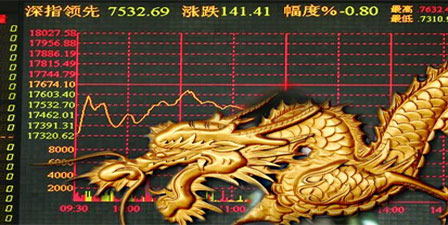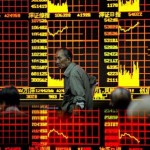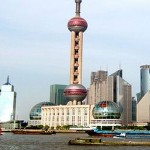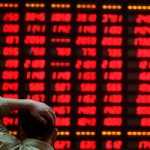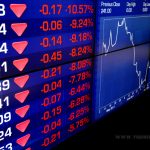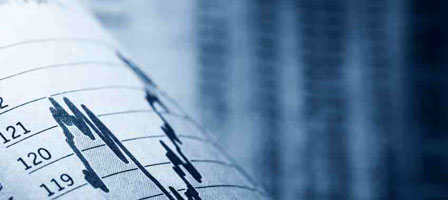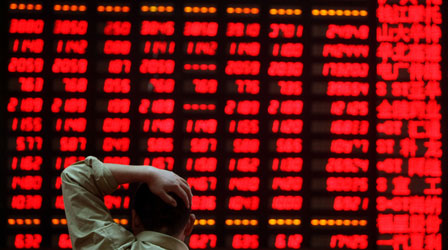Meanwhile, the stock markets that we ought to watch – the new global leaders – are those of China. After the worldwide collapse in equity values, they were the ones first to bottom and to lead the global recovery – by six months. Are they the early indicators of a coming correction in other major markets?
Chinese equities have been in a moderate downtrend since July 2009. Investors have been reacting cautiously to a continuing tightening of policy as Beijing seeks to curb property speculation and unduly aggressive lending by commercial banks and, more recently, tackle a jump in inflation to 5 per cent.
However, many analysts believe that Beijing will ease up on its squeeze by the middle of this year. A key reason is that the rise in inflation is largely due to one-off factors such as increasing prices of foodstuffs, particularly vegetables, a major expense for Chinese households.
If they are right, the Chinese authorities are likely soon to take their feet off the brakes to boost domestic consumption as a counter to the danger of sluggish foreign sales.
Stock markets could start a sustainable rise in anticipation of that. I have been using the current period to do some contrarian topping-up of the family’s holdings in China, where prices of stocks I listed in the November 27 issue of On Target have declined to attractive levels. this post refers The Case for Investing in China Now
Investors do have cause to be worried about the impact rising commodity prices are starting to have on inflation and could have on the world’s economic growth. Simply put, a rise in the price of oil that takes purchasing power to consuming populations to add to the accumulated wealth of oil producers, acts like a tax on growth.
However, much of the pressure on commodity prices comes from one-off factors such as floods in Australia and “rebound” demand for industrial materials in the advanced economies.
Investment bank analyst David Hewitt forecasts that Brent crude oil prices will fall back from about $90 a barrel in the current quarter to about $85 in the second quarter and $80 in the second half.
I suspect that some other significant corrections are now due, with copper and other major metals easing perhaps 10 per cent, and gold falling back into the $1,220-1,270 range.
Global markets generally anticipate that the next major crisis will be in Europe, because of the limp-wristed failure of governments to tackle the obvious problems in the Eurozone.
The speculators move from one target to another, from the sovereign bonds of one debt-burdened state to another, from Greece to Ireland to Portugal.
At the heart of the crisis is a burden of bad debt caused by profligacy (generous early retirement in Greece, for example), speculation (in real estate in Spain and Ireland, for instance), and sloppy investing (German, French and British banks).
No government has the political courage to address these problems except, in a panic, when speculators attack a weak target.
Politicians live in hope that in time economic recovery, or inflation, will cause the burden of toxic debt to fade away. Or at least in the hope that they can avoid the political pain long enough to pass the buck to the next generation of suckers.
Populations are starting to be forced into paying the price of restructuring bad debt – so far, only those of a couple of small nations. But it’s early days. Will the voters really live with the pain, or will they rebel and insist on defaults?
Judging by prices in futures market, many investors reckon that the rescue packages imposed on those countries are too painful to be sustainable, and will blow up within a couple of years.
European governments within the zone such as Germany and France, and outside it (Britain), won’t face up to the problem because restructuring dodgy sovereign debt would levy huge costs on their major banks who hold so much of the stuff in their portfolios, which they would then have to rescue with taxpayers’ money.
CopyRight – OnTarget January 2011 by Martin Spring
